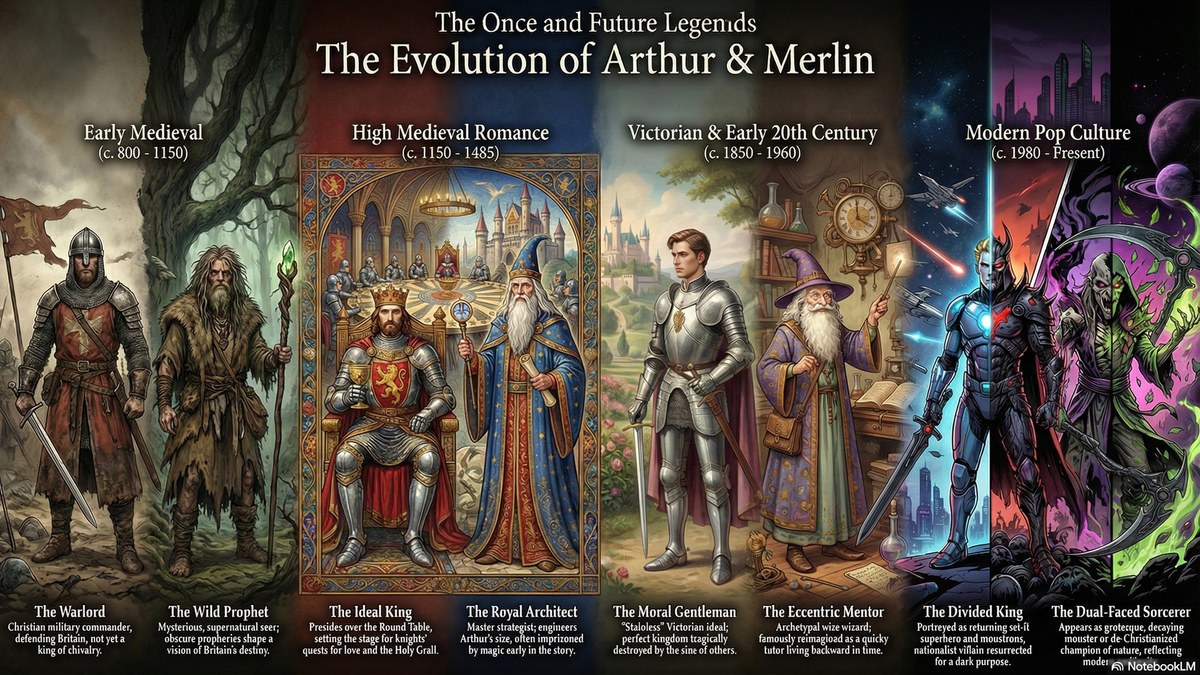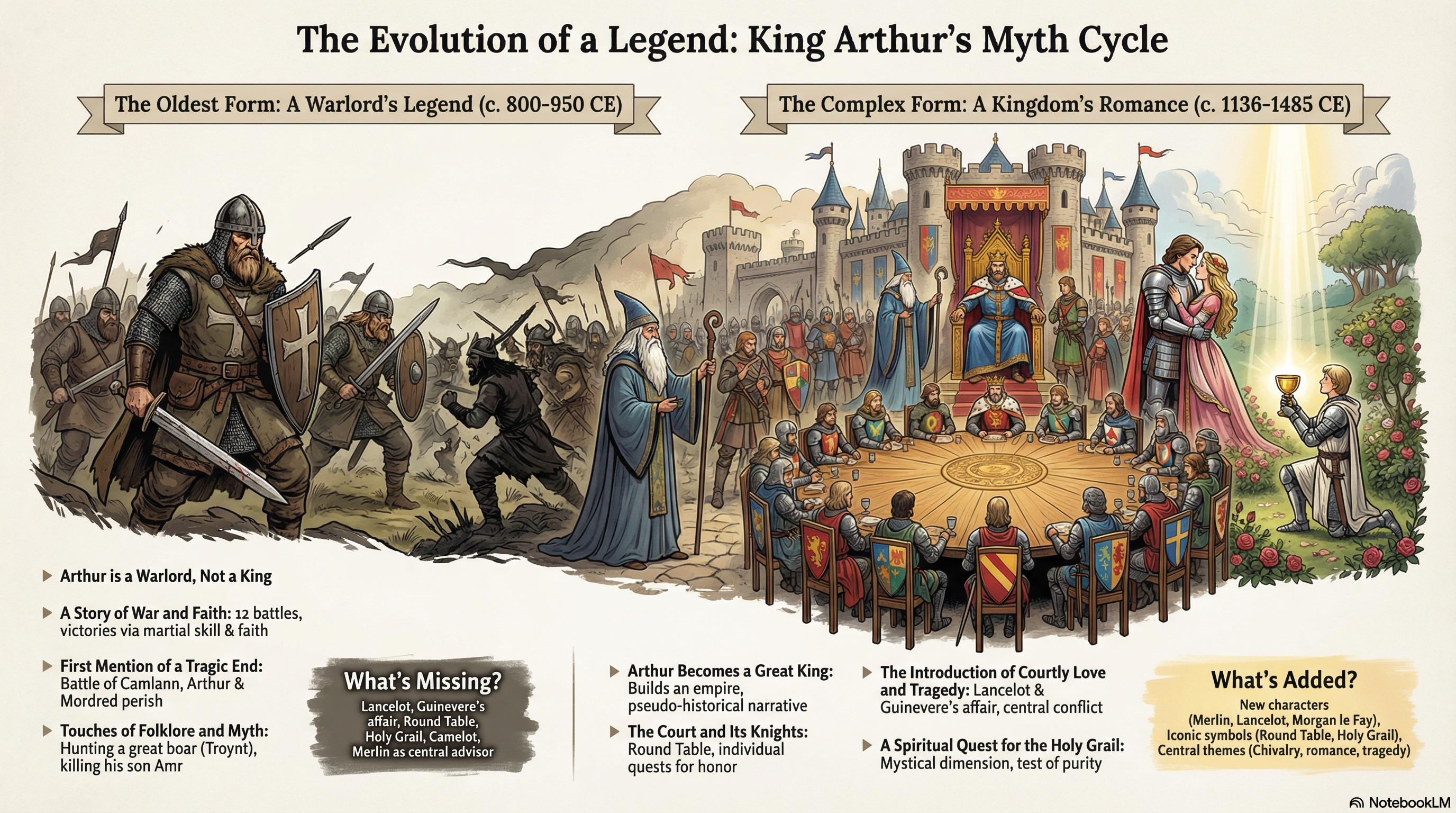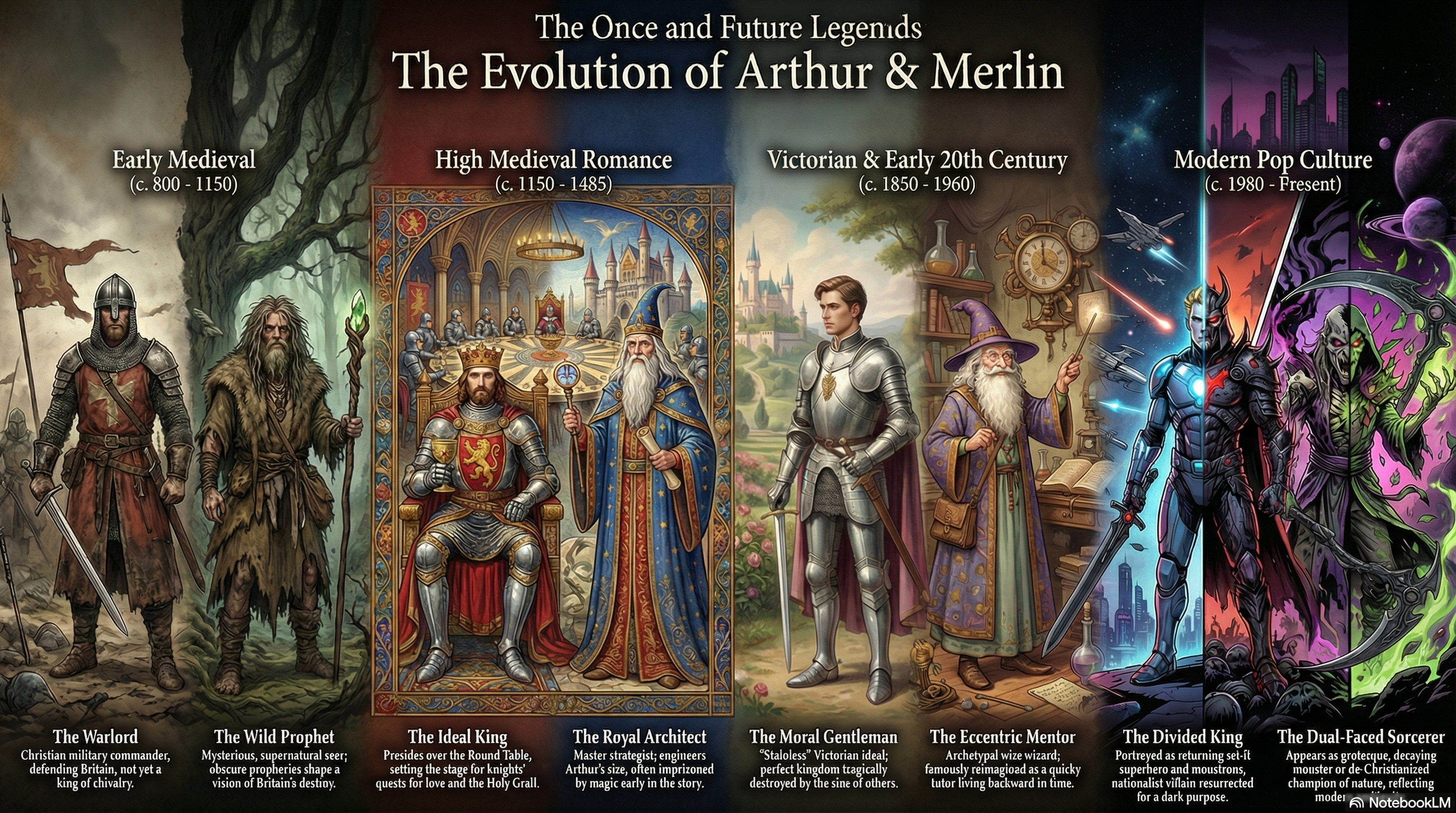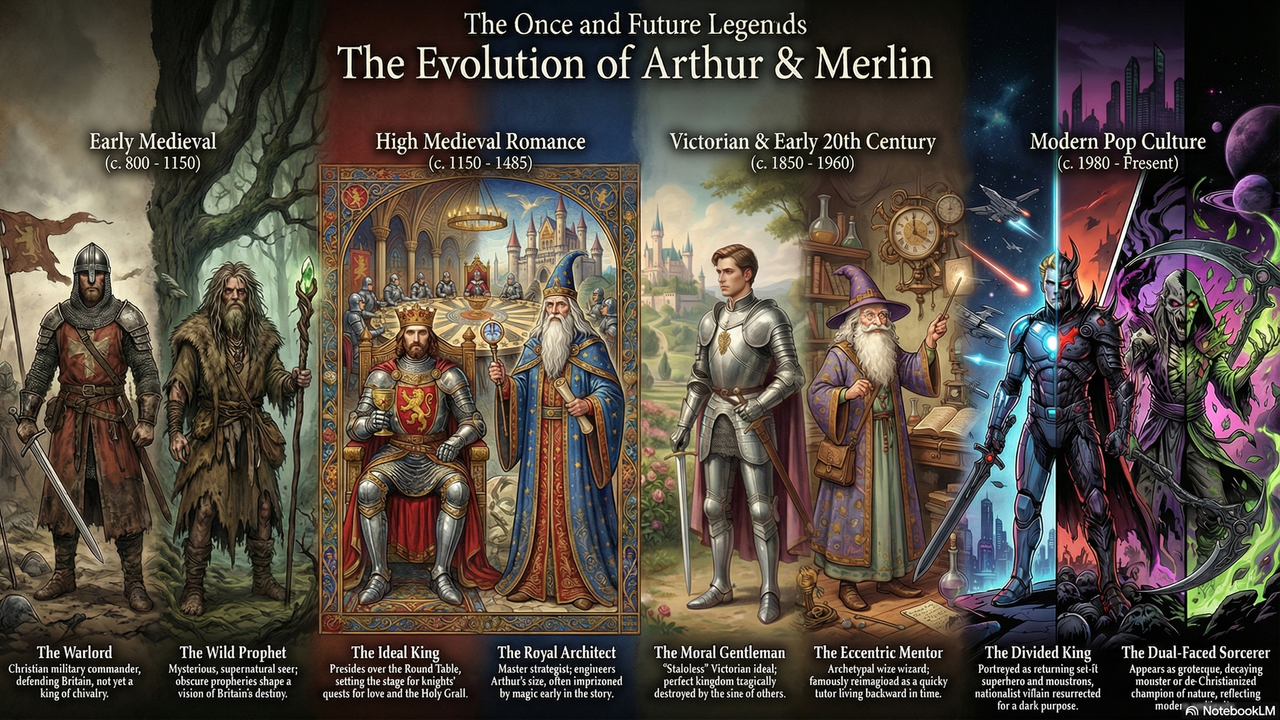Key Points
- NotebookLM now includes Nano Banana Pro for AI‑generated infographics and slide decks.
- The system turns research text into polished visuals without leaving the notebook.
- Nano Banana Pro maintains accuracy, renders text in images, and keeps style consistency.
- A demo visualized the evolution of King Arthur legends through infographics and slides.
- Graphics are visually coherent and adaptable across historical and modern styles.
- Some text and minor visual details may still need human refinement.
- The integration streamlines the workflow for researchers, marketers, and creators.


Nano Banana Pro NotebookLM

Nano Banana Pro NotebookLM
Integration of Nano Banana Pro into NotebookLM
Google’s NotebookLM, a Gemini‑powered research assistant, now incorporates the Nano Banana Pro image‑making AI model. This addition equips the platform with new capabilities for generating infographics and slide decks directly from textual research. Nano Banana Pro is designed to synthesize grounded information into visual formats, accurately render text inside images, and preserve stylistic consistency across different graphic types.
How the New Tools Work
The workflow lets users ask NotebookLM to transform raw data into polished visual assets without leaving the notebook environment. When a user requests an infographic or a slide deck, Nano Banana Pro produces a layout that includes captions, titles, and visual elements aligned with the underlying research. The resulting graphics are ready for publication after minimal human editing.
Demonstration Using Arthurian Legend
In a practical demonstration, the integrated system was tasked with visualizing the legend of King Arthur. The AI generated two infographics: one comparing early Arthurian stories with later medieval romances, and another depicting a timeline of how the characters of Arthur and Merlin evolved across historical periods. The infographics highlighted thematic shifts—from gritty, warlike origins to later courtly and fantastical interpretations—while maintaining legible text and coherent visual storytelling.
A slide deck was also produced, outlining the Arthurian myth cycle from its earliest forms to contemporary reinterpretations. The deck featured a series of slides that transitioned between medieval manuscript styles, modern comic‑book aesthetics, and futuristic sci‑fi motifs, illustrating the model’s ability to adapt visual language to different eras while preserving narrative continuity.
Strengths and Limitations
Reviewers noted that the visual outputs are strikingly coherent and stylistically versatile. Nano Banana Pro successfully moved between historical and modern visual themes, creating graphics that convey both factual accuracy and artistic flair. However, the generated text sometimes required refinement for readability, and minor visual glitches were observed, indicating that human oversight remains valuable.
Implications for Research and Design
The integration of Nano Banana Pro into NotebookLM blurs the line between research synthesis and visual design. Users can now produce research‑ready presentations that are visually compelling without needing separate design tools or specialist skills. This advancement streamlines the workflow for academics, marketers, and content creators who seek to communicate complex information in an engaging format.
Future Outlook
While the current implementation still benefits from human polishing, the capability demonstrates a significant step toward fully AI‑driven research presentation. As the technology matures, it may further reduce the time and effort required to create high‑quality visual content from raw data, expanding the utility of NotebookLM across diverse professional domains.
Source: techradar.com
